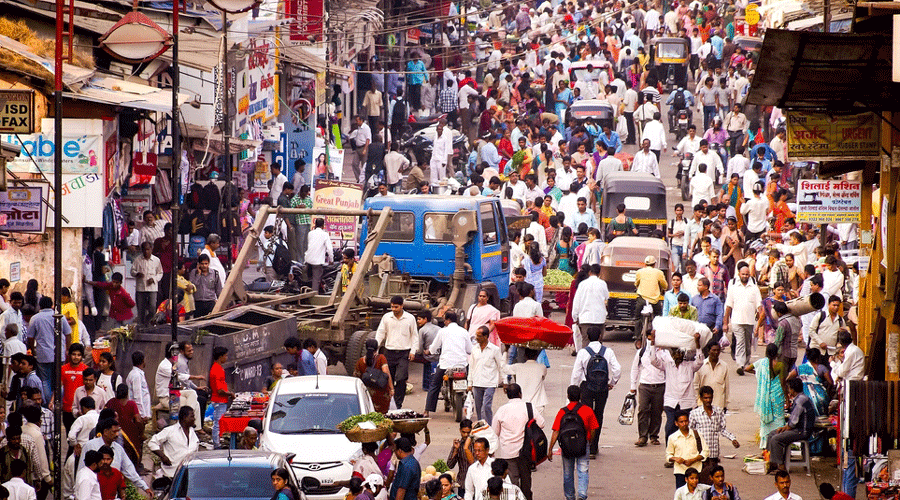India is projected to surpass China as the most populous country during 2023, the United Nations said on Monday in a report forecasting global population trends over the coming decades.
Both countries have around 1.4 billion people each in 2022, but an absolute decline in China’s population and continued growth in India’s will make India the most populous country next year, the UN department of economic and social affairs said.
China’s population will decline to 1.317 billion by 2050, while India’s population — even amid its declining fertility level — will grow to 1.668 billion by that year, the report said.
It said the global human population had tripled over the past 70 years and was expected to reach 8 billion by mid-November 2022 from 2.5 billion in 1950. However, the pace of growth has declined mainly due to reduced levels of fertility.
In 2020, the global population growth rate fell below 1 per cent per year, but it is projected to increase to 8.5 billion by 2030, reach 9.7 billion by 2050 and peak around 10.4 billion during the 2080s.
A nationwide health survey during 2019-21 had found that India’s total fertility rate — the average number of children a woman will have — had declined for the first time to 2.0, the so-called population replacement threshold. The TFR was calculated to be 2.2 in the previous similar survey in 2015-16.

The UN projections for India up to 2050 are in line with forecasts by population health experts that the country’s population will continue to grow over the next two or three decades. The country’s current 26 million annual births and 10 million annual deaths add to the population each year.
India’s TFR of 2.0 documented in November 2021 was considered a milestone because it is lower than the population replacement threshold of 2.1, but experts say this does not mean the population has stabilised.
“We’ve had a steady decline in the total fertility rate for over two decades — from 3.4 in 1992-93 to 2.2 in 2015-16 to 2.0 in 2019-21,” said a population science expert. “It will be critical for India to maintain this momentum to achieve population stabilisation.”
More than half of the projected increase in the global population between 2022 and 2050 is expected to be concentrated in only eight countries — the Democratic Republic of the Congo, Egypt, Ethiopia, India, Nigeria, Pakistan, the Philippines and Tanzania.
The population growth is caused in part by declining levels of mortality as reflected in increased life expectancy levels at birth. Globally, life expectancy reached 72.8 years in 2019, an increase of nine years since 1990.
Further mortality reductions will result in an average longevity of 77.2 years in 2050.
The UN report also said the populations of 61 countries were projected to decrease by 1 per cent or more between 2022 and 2050, mainly due to sustained low fertility levels and in some cases enhanced emigration rates.
Bulgaria, Latvia, Lithuania, Serbia and Ukraine are expected to experience population losses of 20 per cent or more up to 2050, the report said.












